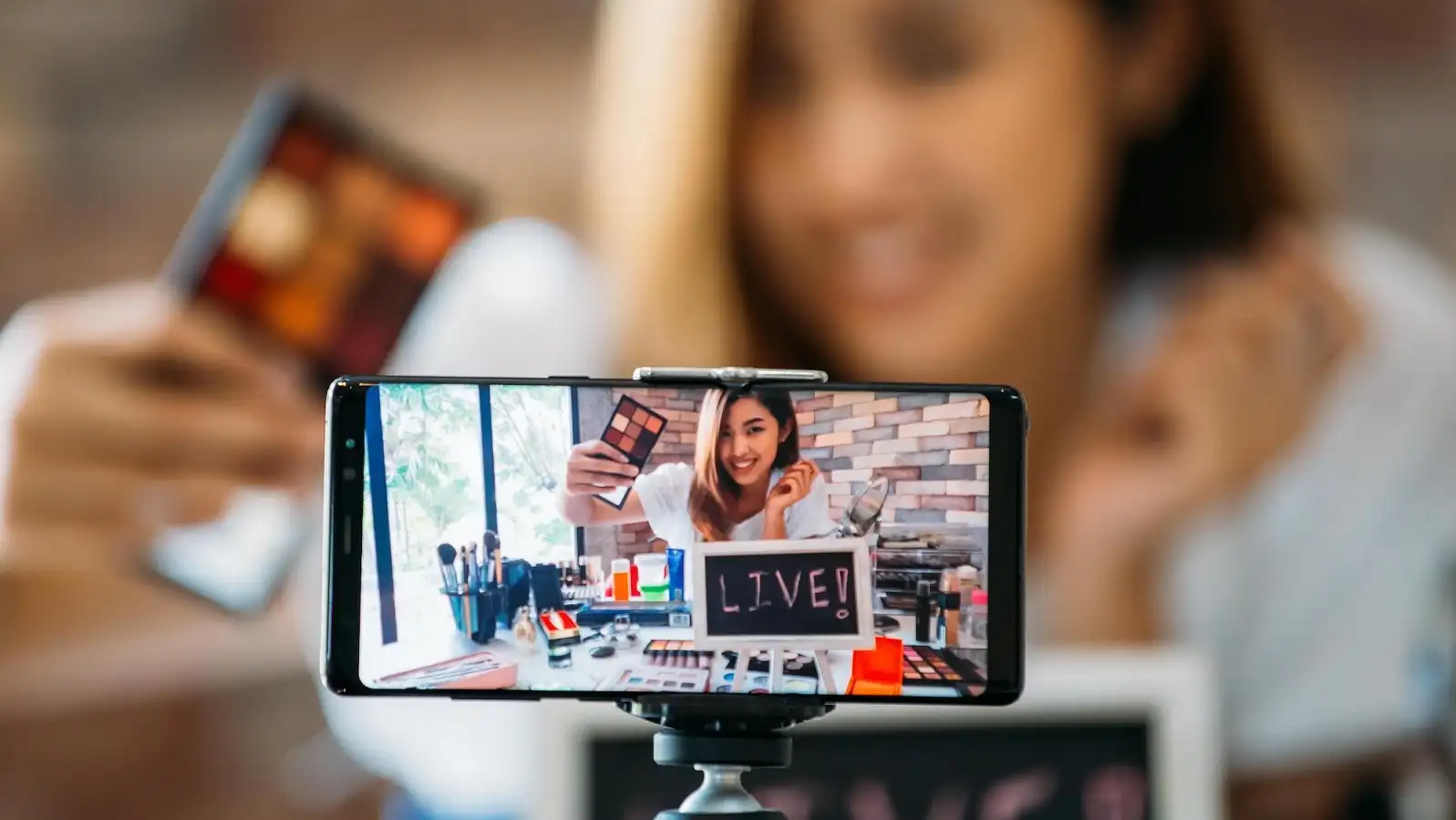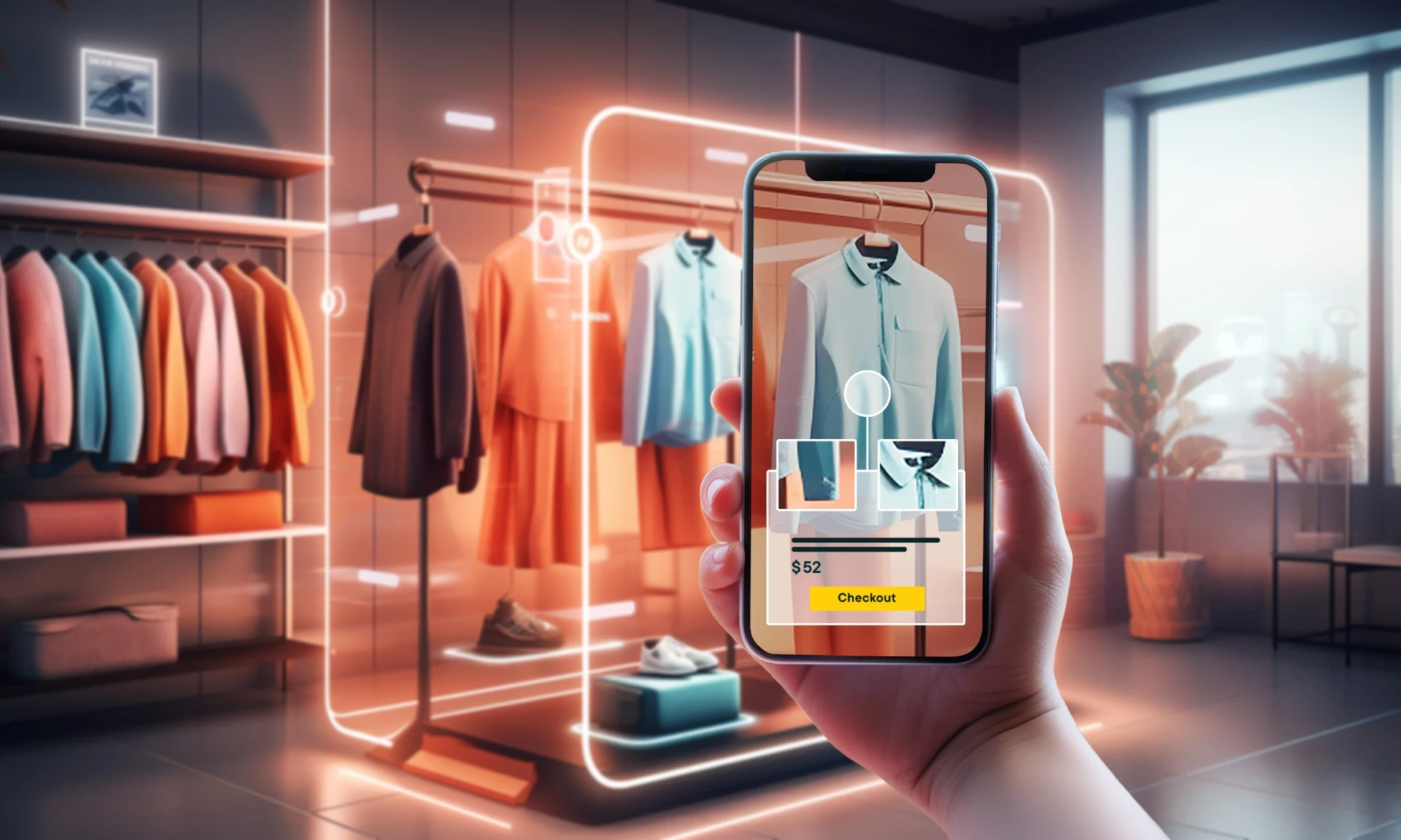Your Perfect Guide For Augmented Reality In eCommerce
Online shopping is undergoing a massive change thanks to augmented reality (AR), especially in the field of eCommerce. This technology combines virtual and physical aspects to provide users with a realistic and engaging shopping experience. But how can augmented reality function in eCommerce specifically?
Before making a purchase, shoppers can view things using augmented reality (AR) in their own physical area. Users can overlay virtual things onto their environment and interact with them in real-time by using their smartphones or other suitable devices.
Nowadays, you can increase your customer engagement, boost conversions, attract a new audience and stay ahead of the competition with AR technology. Find out more about how AR is revolutionizing eCommerce today and how you can make the best out of it in this article.
Table of Content:
- What is Augmented Reality in eCommerce?
- Latest Augmented Reality Statistics You Need To Know
- 5 Benefits of Using Augmented Reality in eCommerce
- 5 Examples of Using Augmented Reality in eCommerce
What is Augmented Reality in eCommerce?
In eCommerce, augmented reality (AR) refers to the mixture of virtual components or digital data in the actual and physical buying experience. It includes employing technology—typically a smartphone, tablet, or wearable—to computer-generated graphics, images, or information over the real world.
Before making a purchase, users may interact and visualize objects using augmented reality (AR) in a more realistic and engaging way. Online merchants may bridge the gap between the physical and digital shopping experiences by utilizing augmented reality (AR) technology, giving buyers a greater grasp of how things might appear, feel, or fit in their actual environment.
Below are some examples of how augmented reality is applied in eCommerce:
1- Virtual Try-On:
With the use of augmented reality, customers may virtually try on items like clothing, accessories, or makeup. Customers may view themselves in real-time with the product on their image using the camera on their device, giving them a sense of how it might look on them.
.webp?width=613&height=286&name=AR%20(1).webp) Image source: Forebs
Image source: Forebs
2- 3D Customer product visualization:
3D product Visualization is made possible by augmented reality in the customer's own environment. For instance, consumers can use the camera on their device to place virtual 3D models of sofas, tables, or lights in their actual living rooms to see how the furniture might appear there. It is all about utilizing illustrations, artwork, and renderings to visually describe your products to buyers. Image source: fsstudio.com
Image source: fsstudio.com
3- Interactive Product Demonstration:
AR is able to deliver interactive product demos by superimposing digital data or animations onto real-world objects. Customers can scan a product's packaging or a specific marking to access further details, videos, or animations that will help them better grasp the characteristics and advantages of the product. Interactive product demos provide potential customers and clients with a hands-on tour of your product at every stage of the sales and marketing funnel. They are a kind of no-code demo software that automatically generates product demos to highlight pertinent aspects and explain how you alleviate customers' problems.
4- Enhanced Shopping Experience:
A more engaging and dynamic shopping experience can be made using augmented reality (AR). For instance, virtual pop-up shops can be developed so that customers can browse and buy things in a virtual setting, and AR challenges and games can be included to make buying more fun and rewarding.
Latest Augmented Reality Statistics You Need To Know
The rise of Augmented Reality has been astounding and doesn't appear to be slowing. Its rise is driven by rapid technological progress, acceptance, and use in numerous industries. Here are some interesting statistics that you need to know:
- By the end of 2023, there are predicted to be 1.4 billion AR gadget users worldwide.
- By 2024, the AR market is anticipated to reach a $50 billion valuation.
- Approximately two-thirds (67%) of advertising companies are utilizing AR more frequently.
- Consumer preference for retailers who offer AR experiences is 61%.
- If AR were used, 71% of customers would visit stores more frequently.
- 40% of consumers are willing to pay more for things that can be customized using augmented reality.
- 91.75% of Gen Z express a keen interest in augmented reality-based retail.
- According to 64% of consumers, using AR increases their brand loyalty.
- The AR market is expected to outperform the VR sector in terms of revenues, according to 70% of technology leaders.
- Around 1 billion people utilize augmented reality around the world.
5 Benefits of Using Augmented Reality in eCommerce
With Augmented Reality invading the world, it surely has multiple benefits and advantages. Most probably, businesses and brands that are not using AR will be outgrown by their rivals. Check below some of the perks that you can benefit from!
1- Augmented Reality Enhances Customer Engagement
Customers are enthralled by the interactive and engaging shopping experience offered by AR. They can take an active part in the purchasing process by exploring interactive demos, trying on virtual goods, or playing AR-based games. Longer browsing sessions, greater consumer interaction, and eventually higher conversion rates can result from this enhanced engagement.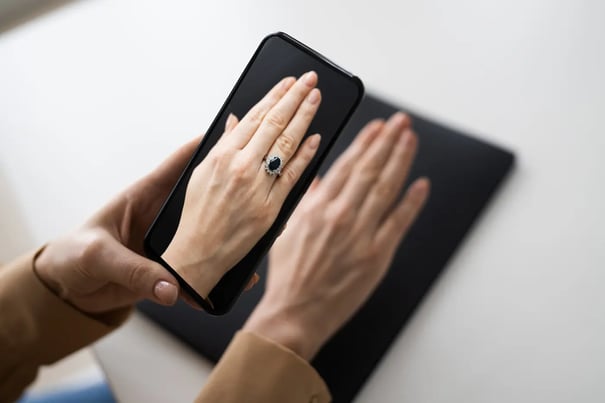 Image source: smallbusinesscomputing.com
Image source: smallbusinesscomputing.com
2- Augmented Reality Increases Sales and Conversions
Augmented reality boosts online sales by accurately depicting a product and inspiring customers to make a purchase. This is supported by a number of studies, including one from Deloitte that indicated shoppers who utilize augmented reality are 30% more likely to make a purchase than those who don't.
According to a related Harvard Business Review study, augmented reality can increase conversion rates by 20% and decrease customer hesitancy at checkout counters.
3- Augmented Reality Reduces Product Returns
One of the difficulties with eCommerce is that buyers are unable to physically try on or inspect things before making a purchase. By enabling clients to digitally try on apparel and accessories or even envision how furniture would look in their space, augmented reality (AR) helps to address this issue. Customers can choose more wisely what to buy by having a greater grasp of the product's fit and look, which lowers the possibility of returns due to dissatisfaction.
4- Augmented Reality Personalized Shopping Experiences
AR can be used to create customized shopping experiences. Retailers can utilize augmented reality (AR) to promote pertinent products, display personalized offers, or present specialized product information by examining client preferences and purchasing history. This degree of customization improves customer happiness and raises the likelihood of a profitable sale.
5- Augmented Reality Improves Brand Differentiation & Positioning:
Integrating augmented reality into the eCommerce experience shows firms to be forward-thinking and innovative, differentiating them from rivals. Retailers may design distinctive and memorable shopping experiences that leave a lasting impact on customers by utilizing AR technology. This can increase brand loyalty, draw in new clients, and encourage favorable word-of-mouth recommendations.
5 Examples of Using Augmented Reality in eCommerce
1- Virtual Try-On by Maybelline New York
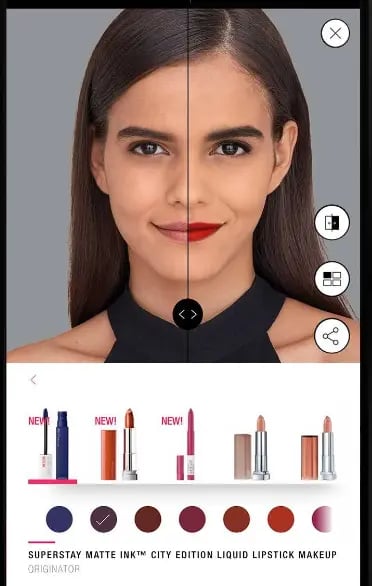
Maybelline offers their clients a super nice experience where they can try on their makeup to know what fits while they are shopping online.
2- Style My Hair App By L’oreal
If you've never colored your hair, you might not be aware that a dark hair dye may react differently on a blonde person than it would on a brunette person. That’s why L’oreal launched this AR app for its customers so that they can try out the colors before purchasing the hair dye.
3- IKEA AR Applications

Applications for augmented reality in business go beyond items that customers will buy to wear to change their appearance. In eCommerce, augmented reality (AR) can be used to virtually preview a product in a room or other setting. Big-box furniture stores like IKEA offer augmented reality (AR) applications that let customers browse a variety of furniture options online and virtually sample and arrange the item in their houses before making a purchase.
4- Virtual try-ons with Warby Parker
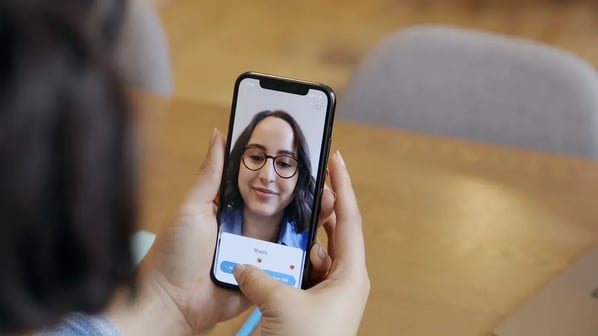 Image source: techcrunch.com
Image source: techcrunch.comTo obtain the ideal fit, Warby Parker offered their customers to try on a range of different pairs of glasses before buying.
We can't fathom the innovative genius of Warby Parker. With the 5 by 5 rule, they have already thought of a creative marketing gimmick for their clients. If you don't like any of the five pairs of eyeglasses you order after trying them on for five days, just send them back.
5- Saatchi Art AR Feature
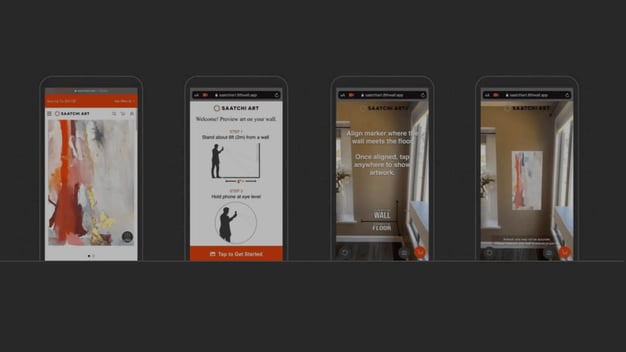 Image source: rockpaperreality.com
Image source: rockpaperreality.com
The infamous Saatchi Art empire has introduced its own augmented reality (AR) feature, enabling online users to view the artwork that Saatchi has to offer.
Saatchi provides artwork in a variety of media, including paintings, photographs, prints, and sketches. Saatchi has made an investment in augmented reality (AR) technology, which allows their internet visitors to view how the work they are considering would truly look when put up in their own house.
